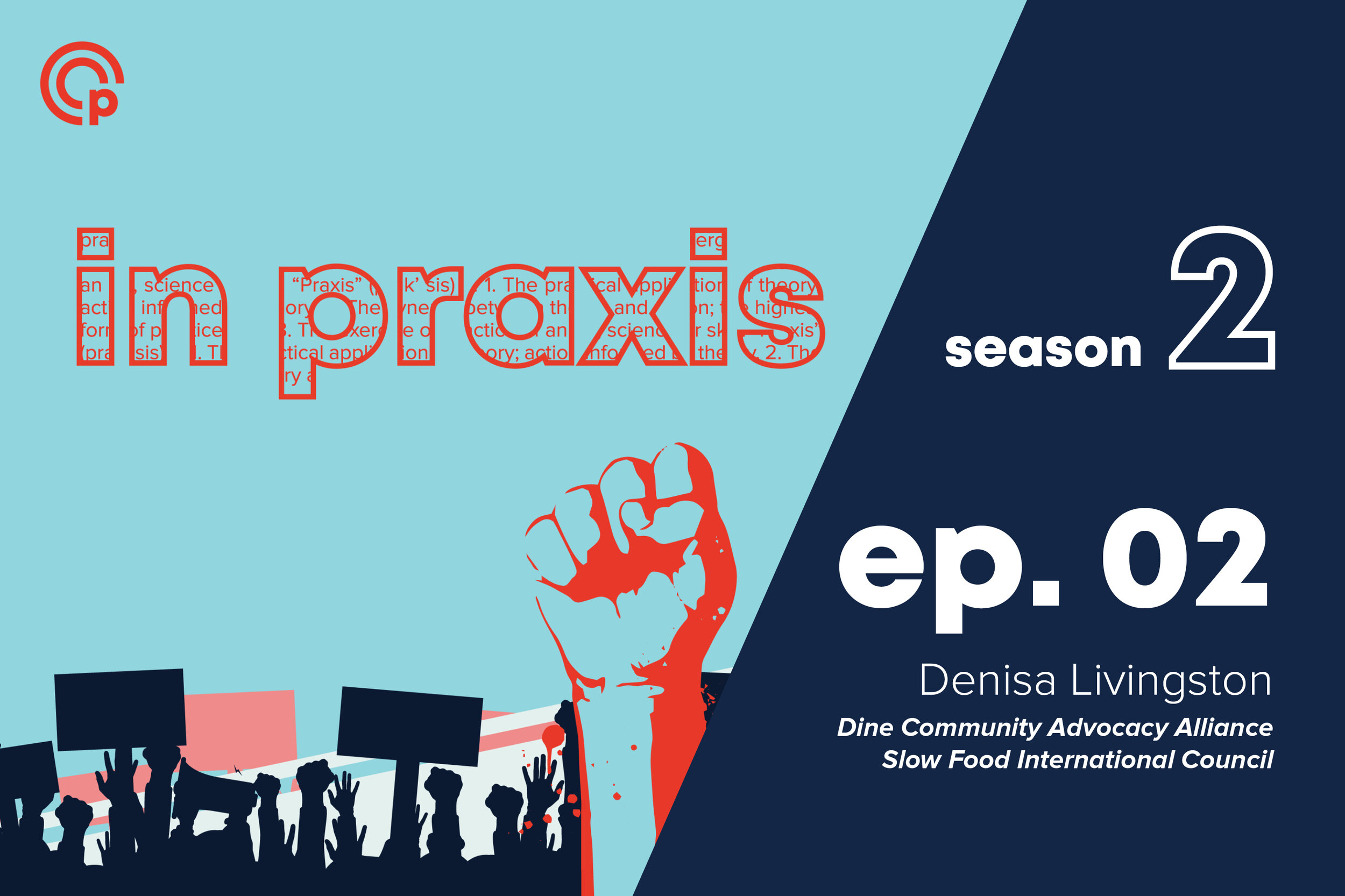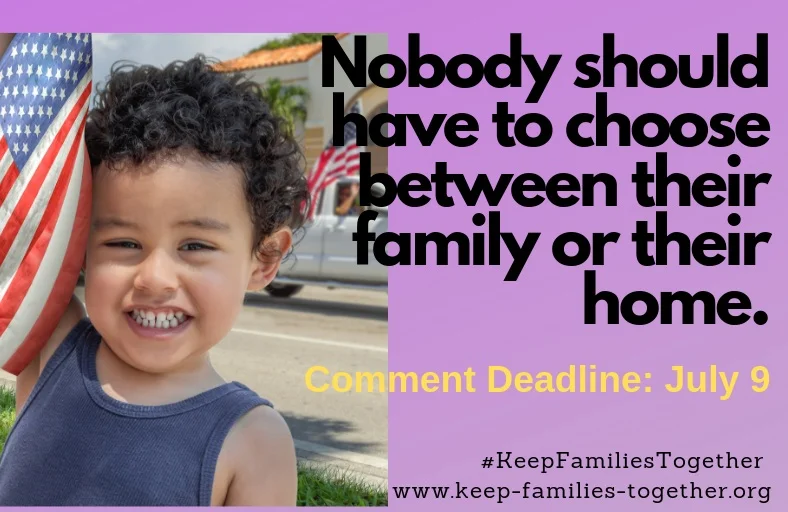Food Systems
Racism, in its intersections with economic inequality, has removed Black, Indigenous, and people of color (BIPOC) from local food sovereignty; preventing the growth, consumption, and access of nutritious food.[1] In a more just food system, all communities, regardless of race or income, can have both increased access to nutritious, affordable food and the power to influence a food system that prioritizes environmental and human needs.
Lacking access to nutritious foods can cause disease and poor health outcomes that shorten life expectancy such as obesity, diabetes, and diet-related diseases.[2] Many food workers do not have access to health insurance and quality healthcare.[3] Low-income, minority, and immigrant communities also suffer from high exposure to occupational and community health threats associated with food production and processing methods.[4]
Communities experience food insecurity, or disruption of food intake because of lack of money, resources, and food apartheid. Food apartheid results from political and economic decisions rooted in structural racism, which have inequitably led to long-term disinvestment in primarily low-income communities and communities of color.[5] Food justice improves the quality of life in which people can make real choices about what they eat.
Basebuilding community organizers are working towards food justice by advocating for increased access to healthy school meals, creating food sovereignty through local farming and youth education, supporting small-scale farm operations, directing food aid to low-income residents, and advocating for culturally-appropriate food access and land stewardship.
DISPARITIES AND STATISTICS
Race and Ethnicity:
Discriminatory housing policies have pushed BIPOC to neighborhoods with weak retail climates and a surplus of low-wage labor, both of which can lead to the proliferation of fast food and food insecurity.[6] The national average of households with food insecurity is 11.1%. Black households experience food insecurity at a rate of 21.2% and Hispanic households experience food insecurity at a rate of 16.2%.
Socioeconomic Status:
Households with incomes near or below the federal poverty line also have higher food insecurity rates than the national average. Unhealthy food outlets are more present in lower poverty ZIP codes.[7] Lower-income school districts also face budget limitations that limit their ability to provide fresh, local foods.[8] As a result, low income individuals have lower dietary quality compared to those with higher incomes.[9]
Geography:
Accessing grocery stores is more difficult for rural families who live 10 miles or more from a grocery store—a concern highest among Native American populations in the West.[10]
COMMUNITIES OF PRAXIS POLICIES
Community organizers across the nation are advocating for policy, system, environment, and practice changes that address the root causes of health inequities across the social determinants of health. Every year Praxis invites our Communities of Praxis members to share some of their top organizing or advocacy campaigns in their own communities through out annual survey.
This video features Acta Non Verba: Youth Urban Farm Project (ANV), an organization that elevates life in the inner-city by challenging oppressive dynamics and environments through urban farming
This video features Cultiva La Salud’s Vendors for Health initiative. The initiative was created to bring healthier food choices to the Fresno community.
This video features PODER, an organization that organizes with Latino immigrant families and youth to put into practice people-powered solutions that are locally based, community led and environmentally just.
This video features Black Women for Wellness (BWW), an organization committed to the health and well-being of Black women and girls through health education, empowerment and advocacy. In this video, they presents Kitchen Divas, community-based cooking classes focused on health and wellness.
This video features Miami Children's Initiative (MCI), an organization working in the Liberty City, FL community. MCI has organized a monthly fresh food co-op, providing their families and residents with a box containing over $50 worth of produce... for only $5. Watch this video to see how MCI is promoting food justice and working towards health equity for their neighborhood.
This video features Menikanaehkem, a community based organization within the Menominee Reservation in northeastern Wisconsin. Watch this video to see how Menikanaehkem is healing their community through a wide range of initiatives aimed at language and cultural revitalization, food and energy sovereignty as well as addressing social and environmental justice issues.
This video features La Union del Pueblo Entero - LUPE, an organization removing barriers to health care and helping provide vision exams for entire communities using their Mobile Health Clinics, through partnerships with local healthcare organizations.
This video features Nollie Jenkins Family Center, a grassroots organization based in Durant, Mississippi that is working towards improving the lives of young women and girls as well as the health and wellness of their community.
This video features the Pan-African Community Development Initiative (CDI), an organization based in the Bronx, NY, highlighting their income tax preparation workshop as part of their mission working towards economic justice for the Bronx, New York.









































































